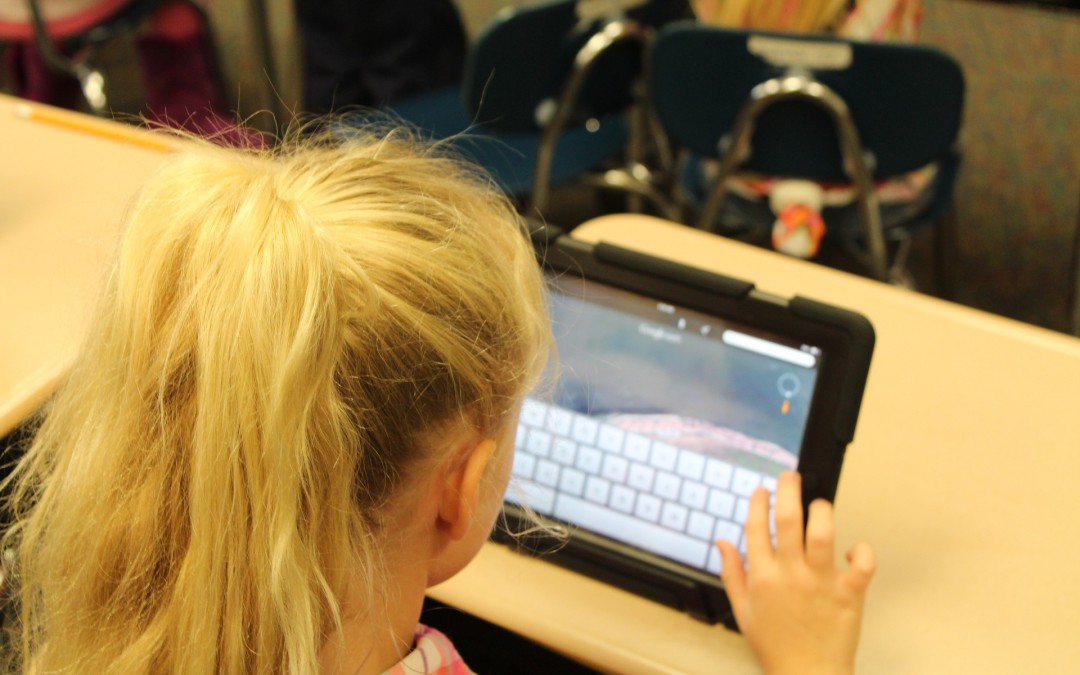Over the past decade, data science has unlocked huge stores of information that enables companies to tailor specifically to their consumers. Big data has allowed companies like Amazon and Alibaba to create complex algorithms that can predict consumer shopping patterns and make product suggestions with a high level of accuracy. Only recently has big data made a play for influencing education with the same level of personalization. While big data is just stepping into the classroom, we can expect to see huge transformations in the next five years in how teachers teach and how students learn.
The old teaching model is outdated for today’s world. A recent study by Columbia University found vast improvements for 6,000 middle school math students in schools across the country when teacher-led instruction was coupled with personalized learning tools. The study found that this approach fostered 1.5 years of progress in math over the course of one school year, or 47% higher than the national average. Personalization is the key to higher education, where one size clearly does not fit all. Since no two students are exactly alike, neither should the tools we use to effectively teach them.
Big data is increasingly able to provide such personalization through artificial intelligence that transforms data into adaptive and customized interfaces. Effective personalization in learning tools will come from two areas of computer learning: interfaces that learn from user actions and preferences, as well as those that learn from the overall network to make helpful inferences. Think of Netflix’s recommendations based on your past viewing history, and of Spotify recommendations based on what other similar users are streaming. By moving away from fixed lesson plans and rigid testing to adaptive assessments driven by technology, big data becomes smart data. Students become more active learners with proven results that will drive the economy. According to estimates by McKinsey, increasing the use of student data in education could unlock between $900 billion and $1.2 trillion in global economic value.
Recently Apple and IBM have turned their analytical expertise beyond enterprise to this huge untapped sector by jointly developing a Student Achievement App. The partnership will roll out real world testing in select U.S. classrooms by 2016. The app is being described as, “content analytics for student learning.” It will provide teachers real time data analytics about each of their students’ progress, ultimately transforming the educational experience from arbitrary to experiential.
College admissions offices are also harnessing the power of big data. Whereas traditionally applicants have mainly been filtered by standardized test scores, big data hopes to direct admission officers to smarter applicants who are most likely to stay for four years, graduate and go on to future success. Ithaca College, for instance, has been using social media data of applicants since 2007, when it launched a Facebook-like site for potential students to connect with each other and with faculty. Through statistical analysis of this data, admissions officers were able to see which student behaviors led to four year enrollment. In other words, user engagement signals how interested a potential student is in Ithaca College. Universities can use this data to achieve a high yield rate with lower costs. Essentially, big data provides admissions officers with a valuable measure of supply and demand.
From elementary classrooms to college campuses, big data has begun to reshape the way we learn in powerful ways. While it’s impossible to predict exactly what classrooms will look like in 2030, it’s clear that the next generation of students will learn smarter.
